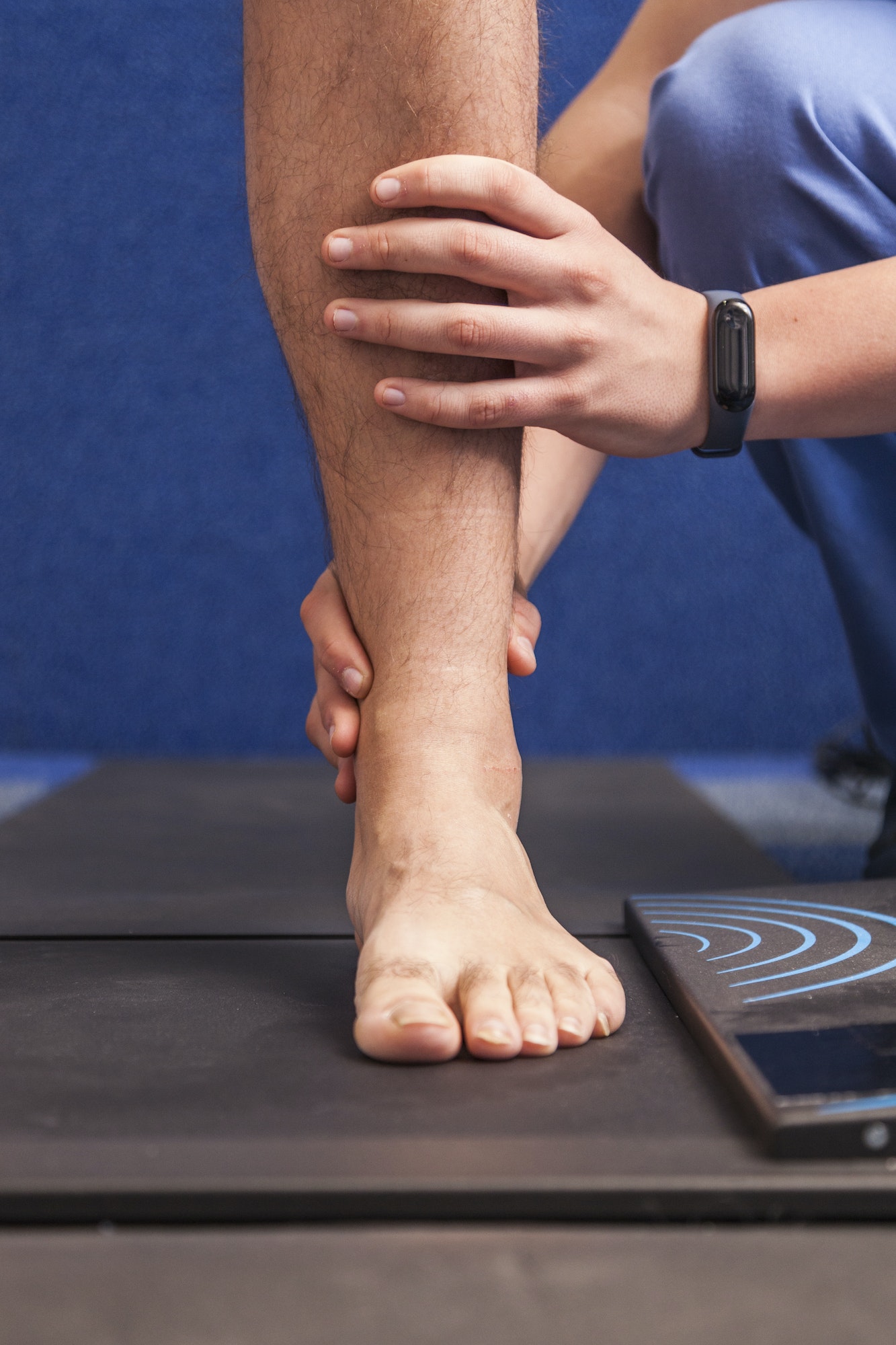Table of Contents
What Is Peripheral Artery Disease (or PAD) and How Do I Know If I Have It?
What Are the Signs of PAD?
Sometimes, patients may have an indication that something is going on with the circulation in their legs because they may complain of symptoms of painful legs at rest relieved by dangling them over the side of the bed, or pain after walking a certain distance. PAD testing is essential as there could be a further problem of actual blockage of an artery. If the tests indicate that there may be a blockage, then the next step is a referral to an interventional cardiologist or an interventional radiologist. He may then advise a test called an angiogram. This is more invasive as it involves shooting dye into the arteries of the legs and looking at the blood flow under a special Xray camera. At that time, if there is a blockage that can be seen, the doctor may put in a stent to open the artery. If that is not possible, then you may be referred to a vascular surgeon to talk about options for bypass surgery in the leg.
If you have questions regarding the pulses in your feet, make an appointment with one of our doctors at Prairie Path Foot and Ankle Clinic. We will perform a thorough exam and send you for more testing if needed. So don’t ignore those feet – they are a plethora of information!

Meet Weil Foot & Ankle Institute
By: Weil Foot & Ankle Institute, Published: Jan 22nd, 2022
Review By: Kristin Abruscato DPT – Jan 19th, 2023


